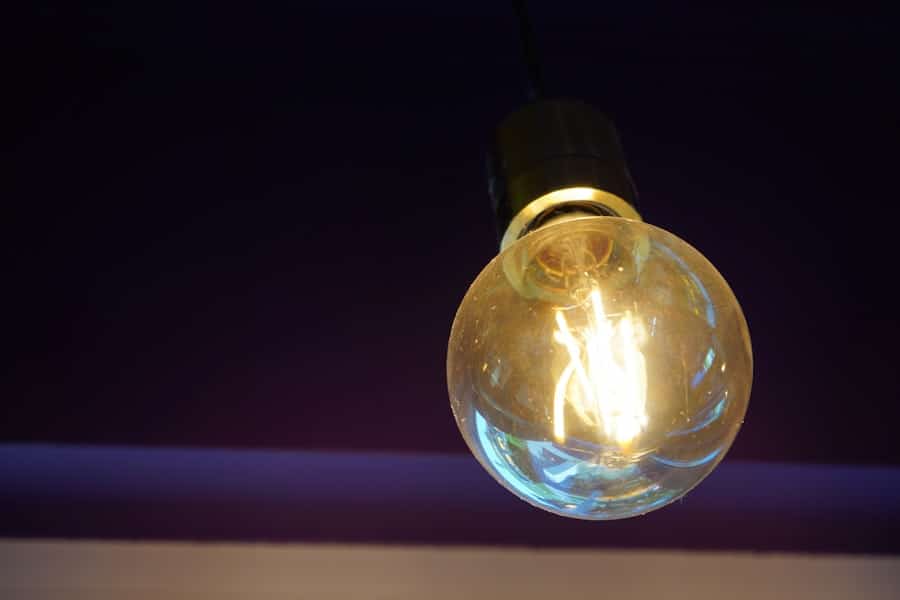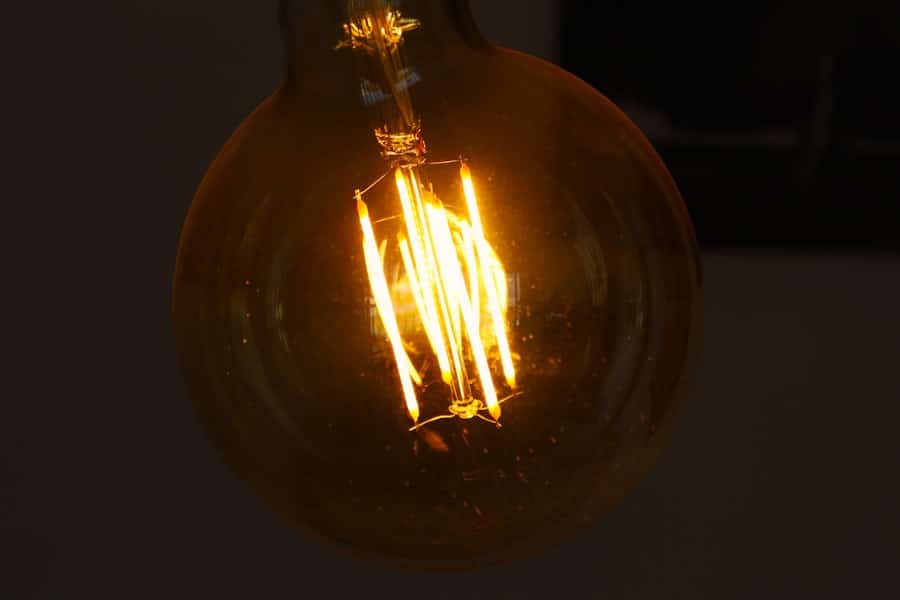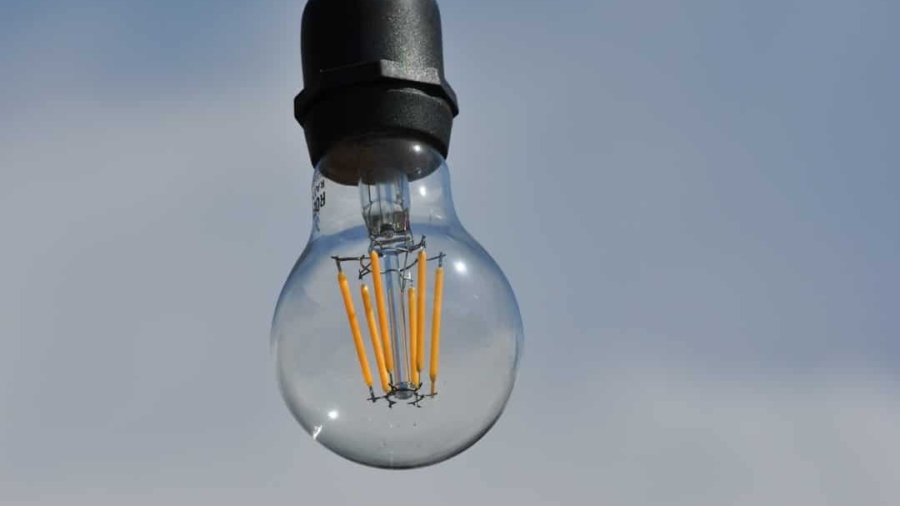In recent years, the intersection of artificial intelligence and interior design has given rise to innovative solutions that enhance our living and working environments. One of the most intriguing developments in this realm is AI-powered mood lighting, which utilizes advanced algorithms and machine learning to create dynamic lighting experiences tailored to individual preferences and emotional states. This technology goes beyond traditional lighting systems by adapting in real-time to various stimuli, such as time of day, user activity, and even biometric feedback.
As a result, AI-powered mood lighting not only illuminates spaces but also plays a significant role in influencing our emotions and overall well-being. The concept of mood lighting is not new; it has long been recognized that lighting can affect our mood and productivity. However, the integration of AI takes this idea to a new level.
By analyzing data from various sources, including user interactions and environmental conditions, AI systems can adjust brightness, color temperature, and hue to create an atmosphere that promotes relaxation, focus, or energy. This capability opens up exciting possibilities for enhancing mental wellness in both personal and professional settings, making it a topic of growing interest among researchers, designers, and mental health professionals alike.
Key Takeaways
- AI-powered mood lighting uses artificial intelligence to create personalized lighting experiences based on individual moods and preferences.
- Mood lighting has a significant impact on mental wellness, influencing emotions, productivity, and overall well-being.
- Advancements in AI technology have enabled mood lighting systems to analyze and respond to human emotions in real time.
- Customization and personalization are key features of AI-powered mood lighting, allowing users to tailor their lighting environment to their specific needs.
- The integration of AI-powered mood lighting in smart homes and workspaces is revolutionizing the way we interact with our environments, promoting mental wellness and productivity.
The Impact of Mood Lighting on Mental Wellness
The psychological effects of lighting have been studied extensively, revealing that different types of light can evoke various emotional responses. For instance, warm light tends to create a cozy and inviting atmosphere, while cooler light can enhance alertness and concentration. In environments where individuals spend significant amounts of time—such as homes and workplaces—mood lighting can significantly influence mental wellness.
Research has shown that appropriate lighting can reduce stress levels, improve mood, and even enhance cognitive performance. Moreover, the impact of mood lighting extends beyond mere aesthetics; it can also serve as a therapeutic tool. For example, individuals suffering from Seasonal Affective Disorder (SAD) often benefit from light therapy, which mimics natural sunlight to alleviate symptoms of depression.
AI-powered mood lighting systems can be programmed to simulate natural light patterns throughout the day, helping to regulate circadian rhythms and improve sleep quality. By creating an environment that responds to the user’s emotional needs, these systems can foster a sense of well-being and promote healthier lifestyles.
Advancements in AI Technology for Mood Lighting

The rapid advancements in AI technology have paved the way for more sophisticated mood lighting solutions. Machine learning algorithms are now capable of analyzing vast amounts of data to identify patterns in user behavior and preferences. This capability allows AI systems to learn from individual interactions over time, resulting in increasingly personalized lighting experiences.
For instance, an AI-powered mood lighting system might recognize that a user feels more relaxed in the evening when the lights are dimmed to a warm hue and automatically adjust settings accordingly. Additionally, the integration of sensors has further enhanced the functionality of mood lighting systems. These sensors can detect changes in ambient light levels, temperature, and even user emotions through biometric feedback such as heart rate or facial expressions.
By incorporating this data into their algorithms, AI systems can create a more responsive environment that adapts not only to the time of day but also to the user’s current emotional state. This level of responsiveness represents a significant leap forward in creating environments that support mental wellness.
Customization and Personalization in AI-Powered Mood Lighting
One of the most compelling features of AI-powered mood lighting is its ability to offer customization and personalization at an unprecedented level. Users can tailor their lighting experiences based on individual preferences, moods, or specific activities. For example, someone might prefer bright, cool lighting for focused work sessions but switch to softer, warmer tones for relaxation or social gatherings.
The flexibility provided by AI systems allows users to create distinct atmospheres for different scenarios effortlessly. Moreover, personalization extends beyond simple preferences; it can also incorporate contextual factors such as time of day or seasonal changes. Advanced AI systems can analyze historical data to determine optimal lighting settings for various times throughout the year.
For instance, during winter months when natural light is scarce, the system might increase brightness levels in the morning to help users feel more awake and alert. This level of customization not only enhances user satisfaction but also contributes positively to mental health by creating environments that are conducive to well-being.
Integration of AI-Powered Mood Lighting in Smart Homes and Workspaces
The rise of smart home technology has created a fertile ground for the integration of AI-powered mood lighting systems. These systems can seamlessly connect with other smart devices within a home or workspace, allowing for coordinated control over various aspects of the environment. For instance, an AI-powered mood lighting system could work in tandem with smart thermostats and sound systems to create a holistic atmosphere tailored to specific activities such as movie nights or meditation sessions.
In professional settings, the integration of mood lighting can significantly enhance productivity and employee satisfaction. Companies are increasingly recognizing the importance of creating work environments that promote mental wellness. By implementing AI-powered mood lighting systems that adjust based on employee preferences or even collective moods detected through workplace sensors, organizations can foster a more positive atmosphere that encourages collaboration and creativity.
This integration not only benefits individual employees but also contributes to overall organizational success by enhancing performance and reducing burnout.
Potential Challenges and Ethical Considerations in AI-Powered Mood Lighting

Despite the numerous benefits associated with AI-powered mood lighting, several challenges and ethical considerations must be addressed. One significant concern is privacy; as these systems collect data on user behavior and preferences, there is a risk that sensitive information could be misused or inadequately protected. Ensuring robust data security measures is essential to maintain user trust and protect personal information from potential breaches.
Another challenge lies in the potential for over-reliance on technology for emotional regulation. While AI-powered mood lighting can enhance well-being, it should not replace traditional methods of managing mental health, such as therapy or mindfulness practices. There is a risk that individuals may become overly dependent on these systems for emotional support rather than developing their coping mechanisms.
Striking a balance between leveraging technology for mental wellness while encouraging personal agency is crucial in ensuring that these innovations serve as complementary tools rather than substitutes for holistic mental health care.
The Future of AI-Powered Mood Lighting in Mental Health Treatment
Looking ahead, the potential applications of AI-powered mood lighting in mental health treatment are vast and promising. As research continues to explore the relationship between environmental factors and mental health outcomes, there is an opportunity for these technologies to play a more significant role in therapeutic settings. For instance, therapists could incorporate mood lighting into their practices to create calming environments conducive to open dialogue and emotional exploration.
Furthermore, as AI technology evolves, we may see the development of specialized mood lighting systems designed specifically for therapeutic purposes. These systems could be programmed with evidence-based protocols tailored to address specific mental health conditions such as anxiety or depression. By providing patients with personalized lighting experiences that align with their treatment goals, these innovations could enhance therapeutic outcomes and support long-term mental wellness.
The Role of AI-Powered Mood Lighting in Shaping the Future of Mental Wellness
As we continue to explore the intersection of technology and mental wellness, AI-powered mood lighting stands out as a transformative innovation with the potential to reshape our environments for the better. By harnessing advanced algorithms and machine learning capabilities, these systems offer unprecedented levels of customization and personalization that cater to individual emotional needs.
While challenges related to privacy and over-reliance on technology must be navigated carefully, the future holds exciting possibilities for AI-powered mood lighting in mental health treatment. As we embrace these advancements, it is essential to remain mindful of their ethical implications while leveraging their potential to enhance our well-being. Ultimately, AI-powered mood lighting represents not just a technological innovation but a step toward creating environments that nurture mental health and foster resilience in an increasingly complex world.
In a related article discussing the importance of technology in enhancing our daily lives, com/best-software-for-house-plans/’>Best Software for House Plans explores how software tools can streamline the process of designing and visualizing home layouts.
Just like AI-powered mood lighting can improve mental wellness, utilizing the right software can make the task of planning and building a house more efficient and enjoyable. By incorporating technology into various aspects of our lives, we can create spaces that not only look beautiful but also contribute to our overall well-being.
FAQs
What is AI-powered mood lighting for mental wellness?
AI-powered mood lighting for mental wellness is a technology that uses artificial intelligence to adjust the lighting in a space based on the occupants’ mood and mental state. It aims to create a more supportive and calming environment to improve mental wellness.
How does AI-powered mood lighting work?
AI-powered mood lighting works by using sensors and algorithms to detect the occupants’ mood and mental state. It then adjusts the color, intensity, and pattern of the lighting to create a more soothing and supportive environment.
What are the potential benefits of AI-powered mood lighting for mental wellness?
The potential benefits of AI-powered mood lighting for mental wellness include improved mood, reduced stress and anxiety, better sleep quality, and overall enhanced mental well-being. It can also create a more comfortable and supportive environment for individuals with mental health conditions.
Are there any potential drawbacks or limitations to AI-powered mood lighting for mental wellness?
Some potential drawbacks or limitations of AI-powered mood lighting for mental wellness include the need for accurate mood detection, privacy concerns related to the use of sensors and data collection, and the potential for over-reliance on technology for mental well-being.
What is the future outlook for AI-powered mood lighting for mental wellness?
The future outlook for AI-powered mood lighting for mental wellness is promising, with ongoing advancements in AI technology and increased awareness of the importance of mental well-being. It is likely that this technology will continue to evolve and become more widely adopted in various settings, including homes, offices, and healthcare facilities.

